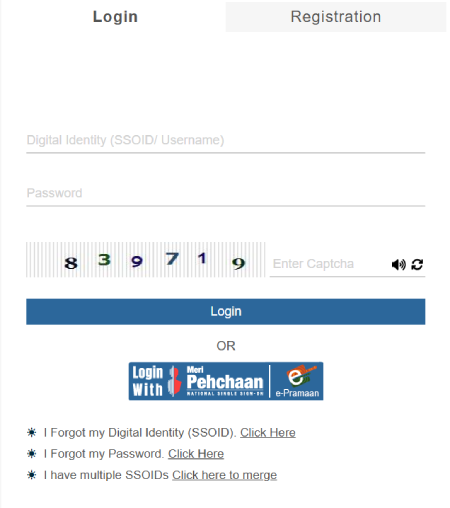SSO ID Explained: Your Key to Seamless Authentication
Single Sign-On (SSO) is a user authentication process that allows individuals to access multiple applications and services with a single set of login credentials. This method simplifies the user experience and enhances security by reducing the number of passwords that users must remember and manage. The concept of SSO has gained significant traction in recent years, particularly as organizations increasingly adopt cloud-based applications and services.
 At its core, SSO operates on the principle of federated identity management, where a user's identity is verified by a central authentication server. When a user logs into one application, the authentication server generates a token that confirms the user's identity. This token can then be used to access other connected applications without the need for repeated logins. The process typically involves protocols such as Security Assertion Markup Language (SAML), OpenID Connect, or OAuth, which facilitate secure communication between the identity provider and service providers.
At its core, SSO operates on the principle of federated identity management, where a user's identity is verified by a central authentication server. When a user logs into one application, the authentication server generates a token that confirms the user's identity. This token can then be used to access other connected applications without the need for repeated logins. The process typically involves protocols such as Security Assertion Markup Language (SAML), OpenID Connect, or OAuth, which facilitate secure communication between the identity provider and service providers.
One of the primary advantages of SSO is the improved user experience. Users can log in once and gain access to all authorized applications, significantly reducing the time and frustration associated with managing multiple passwords. This streamlined approach not only enhances productivity but also encourages users to adopt stronger password practices, as they are less likely to resort to insecure methods, SSO ID such as writing down passwords or using the same password across multiple sites.
From a security perspective, SSO reduces the risk of password-related breaches. With fewer passwords to manage, the likelihood of users employing weak passwords decreases. Additionally, SSO solutions often incorporate advanced security features, such as multi-factor authentication (MFA), which adds an extra layer of protection by requiring users to provide additional verification, SSO ID login such as a code sent to their mobile device. This can significantly mitigate the risk of unauthorized access.
However, the implementation of SSO is not without its challenges. A single point of failure can pose a significant risk; if an attacker compromises the SSO system, SSO they may gain access to multiple applications and sensitive data. Therefore, organizations must prioritize robust security measures, including regular audits, monitoring, and the use of encryption to protect authentication tokens.
Another challenge is the integration of SSO with legacy systems and applications that may not support modern authentication protocols. Organizations may need to invest in additional resources or middleware to bridge the gap between old and new technologies, ensuring a seamless user experience across all platforms.
Despite these challenges, the benefits of SSO make it an attractive option for many organizations. It not only enhances user convenience and security but also simplifies the management of user identities and access rights. As organizations continue to embrace digital transformation and cloud computing, the adoption of SSO is likely to grow, shaping the future of user authentication and access management.
In conclusion, Single Sign-On is a powerful tool that streamlines the authentication process, enhances security, and improves user experience. By understanding its principles and addressing the associated challenges, organizations can effectively leverage SSO to meet their evolving digital needs while safeguarding their data and resources.
 At its core, SSO operates on the principle of federated identity management, where a user's identity is verified by a central authentication server. When a user logs into one application, the authentication server generates a token that confirms the user's identity. This token can then be used to access other connected applications without the need for repeated logins. The process typically involves protocols such as Security Assertion Markup Language (SAML), OpenID Connect, or OAuth, which facilitate secure communication between the identity provider and service providers.
At its core, SSO operates on the principle of federated identity management, where a user's identity is verified by a central authentication server. When a user logs into one application, the authentication server generates a token that confirms the user's identity. This token can then be used to access other connected applications without the need for repeated logins. The process typically involves protocols such as Security Assertion Markup Language (SAML), OpenID Connect, or OAuth, which facilitate secure communication between the identity provider and service providers.